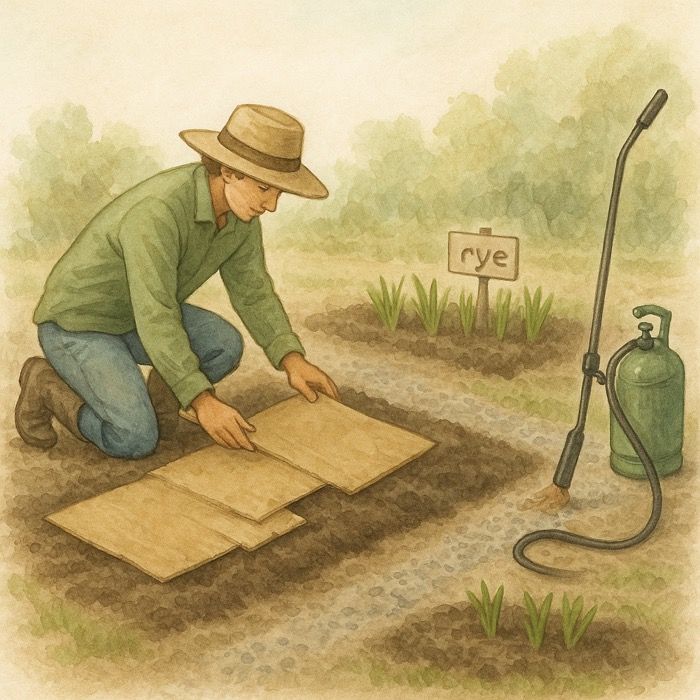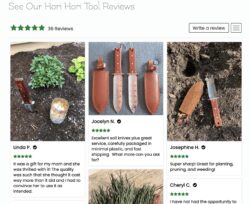The Secret Weapon for Lush Blooms: How to Create the Perfect Fertilizer Schedule
Every gardener dreams of vibrant, lush blooms that turn their garden into a breathtaking display of color and life. While good soil, adequate water, and the right amount of sunlight are essential, there’s another secret weapon that can take your garden to the next level: a well-planned fertilizer schedule. Surprisingly, it’s not that difficult to master. In this post, we’ll explore how to create the perfect fertilizer schedule to ensure your plants thrive and produce the most stunning flowers.
Understanding Your Plants’ Needs
Before diving into the specifics of a fertilizer schedule, it’s crucial to understand the unique needs of your plants. Different plants have different nutritional requirements, and these can vary throughout the growing season. Here’s a basic rundown:
- Annuals – Fast-growing plants that complete their life cycle in one season. They require a steady supply of nutrients.
- Perennials – Plants that live for several years. Their nutrient needs can change as they grow.
- Flowering Shrubs – These require balanced nutrition to support both foliage and bloom production.
- Vegetables – Often have high nutrient demands, especially for fruiting and flowering.
The Basics of Plant Nutrition
Plants need three primary nutrients, known as macronutrients, for healthy growth-
- Nitrogen (N) – Promotes leaf and stem growth.
- Phosphorus (P) – Essential for root development and flowering.
- Potassium (K) – Helps with overall plant health and disease resistance.
In addition to these macronutrients, plants also need secondary nutrients like calcium, magnesium, and sulfur, as well as trace elements such as iron, manganese, and zinc.
Master Gardener Tip – If you are like me, unless you write it down or set reminders, it won’t get done. I use a gardening journal with a calendar to schedule all my garden tasks. My old brain needs the help 😉
Creating Your Fertilizer Schedule
- Soil Testing Start with a soil test to determine the existing nutrient levels in your garden. This will help you understand what your soil lacks and avoid over-fertilization. You can find a quality soil tester here: Soil and pH Tester for the Home Garden.
- Choose the Right Fertilizer Based on the results of your soil test, select a fertilizer that addresses the specific needs of your soil and plants. Fertilizers come in various formulations-
- Balanced Fertilizers (e.g., 10-10-10) – Contain equal parts of N, P, and K.
- Specialty Fertilizers – Formulated for specific plant needs, such as high-phosphorus fertilizers for blooming.
- Frequency and Timing The key to a successful fertilizer schedule is timing. Here’s a general guide-
- Early Spring – Apply a balanced fertilizer to support new growth as plants wake up from winter dormancy.
- Pre-Bloom – About 4-6 weeks before flowering, apply a fertilizer higher in phosphorus to promote bloom development.
- Mid-Summer – For long-blooming plants, a mid-season feeding can keep them vigorous. Use a balanced or slightly higher potassium fertilizer.
- Fall – Apply a low-nitrogen fertilizer to help plants harden off for winter.
- Application Methods
- Granular Fertilizers – Easy to apply and offer slow-release nutrition. Spread evenly around the base of plants and water in.
- Liquid Fertilizers – Provide immediate nutrients but need to be applied more frequently. They can be sprayed on foliage or poured at the base of plants.
- Organic Fertilizers – Compost, manure, and other natural materials improve soil health and provide nutrients over time. If you want to try out making your own simple blend, read our post Compost Tea Brewing Guide.
Monitoring and Adjusting
Keep an eye on your plants’ health and growth. Signs of nutrient deficiency, such as yellowing leaves or poor bloom production, indicate it’s time to adjust your fertilizer schedule. Conversely, too much fertilizer can lead to lush foliage but fewer blooms, so moderation is key.
Tips for Success
- Read Labels – Follow the instructions on fertilizer packaging to avoid over- or under-fertilizing.
- Water Wisely – Water after fertilizing to help nutrients reach the roots but avoid overwatering, which can leach nutrients away.
- Mulch – Mulching helps retain moisture and can gradually improve soil fertility as it decomposes.
Conclusion
Creating the perfect fertilizer schedule is an art that combines knowledge, observation, and care. By understanding your plants’ needs and providing the right nutrients at the right time, you can transform your garden into a paradise of lush, vibrant blooms. Happy gardening!
For more gardening tips and to explore our collection of unique gardening tools, visit The Celtic Farm.
More From Our Master Gardener
Recent Posts

❄️ Snow as Fertilizer – The Truth About “Poor Man’s Nitrogen”

5 Unexpected Winter Weed Control Strategies (That Don’t Involve Mulch)

Harnessing Winter Sun – Passive Solar Tricks for Your Garden

How to Grow Spinach – The Ultimate Beginner’s Guide for Tender, Nutritious Leaves

How to Grow Peas: The Ultimate Beginner’s Guide for Sweet, Crisp Harvests















